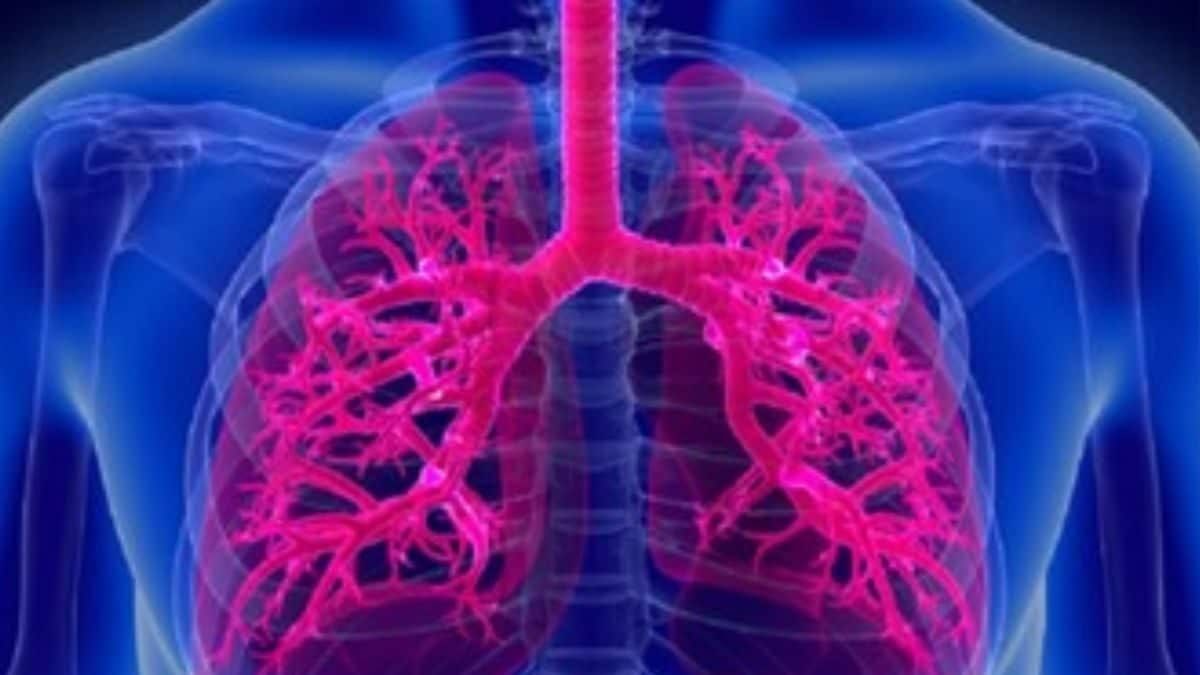Lung cancer treatment options are diverse and tailored to the specific type and stage of the disease, as well as individual patient factors.
Lung cancer remains a formidable challenge in oncology, but early detection plays a critical role in improving outcomes and survival rates.
Lung cancer, characterized by abnormal cell growth in the lungs and bronchi, is one of the most commonly diagnosed cancers worldwide. While smokers, particularly women, are at higher risk, the disease can also affect those who have never smoked. Lung cancer can spread to lymph nodes or other organs, such as the brain, and cancers from other parts of the body can metastasize to the lungs. Globally, lung cancer is responsible for approximately 1.38 million deaths per year, making it one of the leading causes of cancer mortality.
In India, the numbers are equally alarming: 72,510 new cases are diagnosed each year, resulting in 66,279 deaths. As urbanisation accelerates, projections suggest a significant increase in lung cancer cases in metropolitan areas by 2025. Notably, a substantial proportion of lung cancer cases in Southeast Asia, including India, occur in people who have never smoked, particularly among women.
Dr. Prasad S. Adusumilli, MD, FACS, a thoracic surgeon and cellular therapist at Memorial Sloan Kettering Cancer Center in New York, shares common symptoms of lung cancer and the critical role of early detection in improving outcomes:
Deciphering the signs
Lung cancer remains a critical health problem, and smoking is the leading cause. Smoking exponentially increases the risk of developing the disease, not only for smokers, but also for those who are exposed to second-hand smoke. In addition, environmental pollutants such as asbestos and radon play a major role in increasing lung cancer risks. A family history of lung cancer may be associated with an increased risk. Lung cancer symptoms are often varied and can be confused with other diseases, making early diagnosis difficult. Common indicators include unintentional weight loss, bone or joint pain, headaches, and dizziness. More specific symptoms that should not be overlooked include persistent dry cough, coughing up blood, shortness of breath, chest pain, and fatigue. Due to the vagueness of symptoms, lung cancer is often diagnosed at an advanced stage in 1 in 4 patients. While these symptoms generally manifest similarly in both men and women, there are differences in the types of lung cancer that are more common between the genders. Men are more often diagnosed with squamous cell carcinoma, while women are more likely to develop lung adenocarcinomas.
Improving survival rates
Early detection of lung cancer allows for timely intervention before the disease progresses. For example, 61% of people diagnosed with early-stage lung cancer survive at least five years after their diagnosis. In contrast, the five-year survival rate for those with advanced-stage lung cancer that has spread to other parts of the body is only 7%; survival is improving after newer therapies such as immunotherapy. Early detection of the disease often allows for less aggressive treatment options, which not only minimize side effects but also improve patients’ overall quality of life. Additionally, people diagnosed in the early stages tend to have a more favorable prognosis, increasing their chances of complete remission and long-term survival.
Comprehensive treatment modalities for lung cancer
Lung cancer treatment options are diverse and tailored to the specific type and stage of the disease, as well as individual patient factors. For early-stage lung cancer, surgery is often the first line of treatment, including procedures such as lobectomy, pneumonectomy, or wedge resection to remove tumors and affected lung tissue. Radiation therapy is another crucial approach, used alone or in conjunction with surgery, to target and destroy cancer cells. Chemotherapy, which can be given before or after surgery, or as a primary treatment in advanced cases, works to kill cancer cells throughout the body. For cancers with specific genetic mutations, targeted therapy, which uses drugs designed to directly target these mutations, is employed. In addition, immunotherapy harnesses the body's immune system to fight cancer cells, which holds promise for certain advanced types of lung cancer. Each of these treatment modalities offers unique benefits, contributing to a comprehensive lung cancer strategy.
Lung cancer remains a formidable challenge in oncology, but early detection plays a critical role in improving outcomes and survival rates. By recognizing common symptoms, understanding potential gender-based differences, and identifying high-risk groups, we can significantly alter the prognosis for those suffering from this disease. If you or someone you know is exhibiting concerning symptoms, it is imperative to consult a healthcare professional for a timely evaluation and diagnosis.












